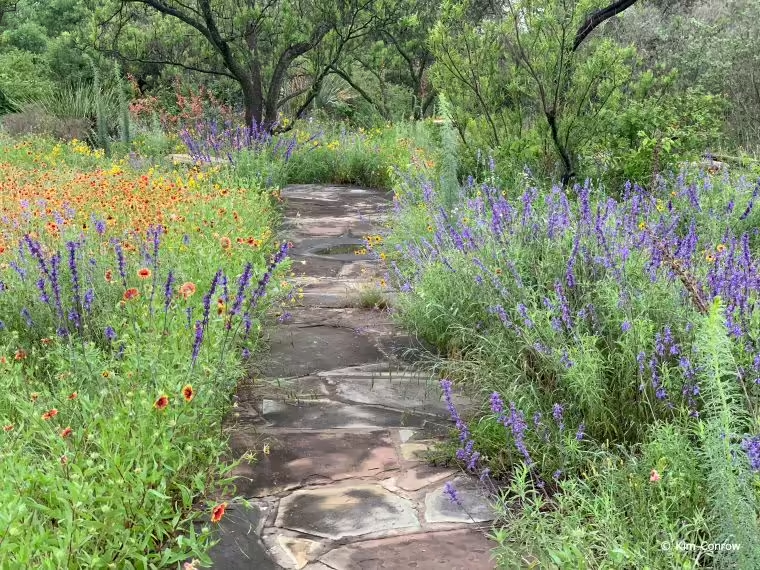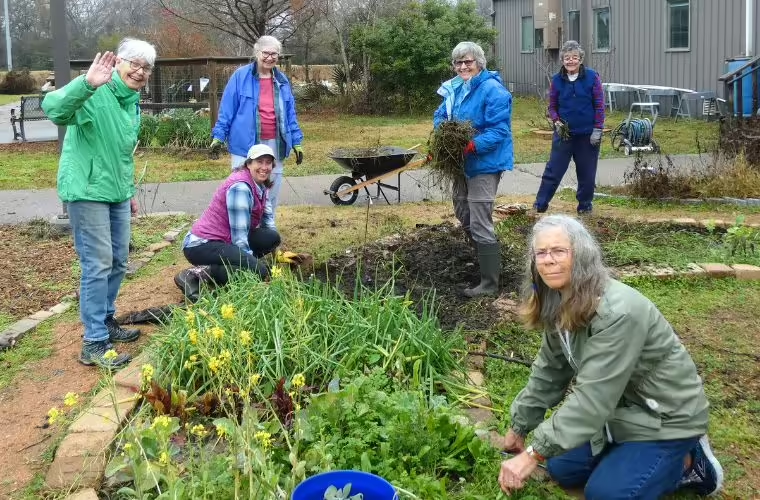November 2, 2024 @ 8:30 am – 3:30 pm
In-person and online options available.
Learn about the benefits of native plants, desirable plants for your area and design considerations for your landscape. NLCP is a state-wide program, but classes focus on the characteristics and plants in the region in which they are taught.
NOTE: This class is hosted by the Clear Lake Chapter of the Native Plant Society of Texas (NPSOT) and is specific to the Houston-Galveston area.
Location
In-Person at the University of Houston-Clear Lake, 2700 Bay Area Blvd.
Online: Zoom access to the in-person class. Zoom attendees will watch a video “plant walk.”
Online Test: After completing the class you will be sent a link to the online test which you will have three days to complete.
Level 1 is a prerequisite for Level 2 and 3.





